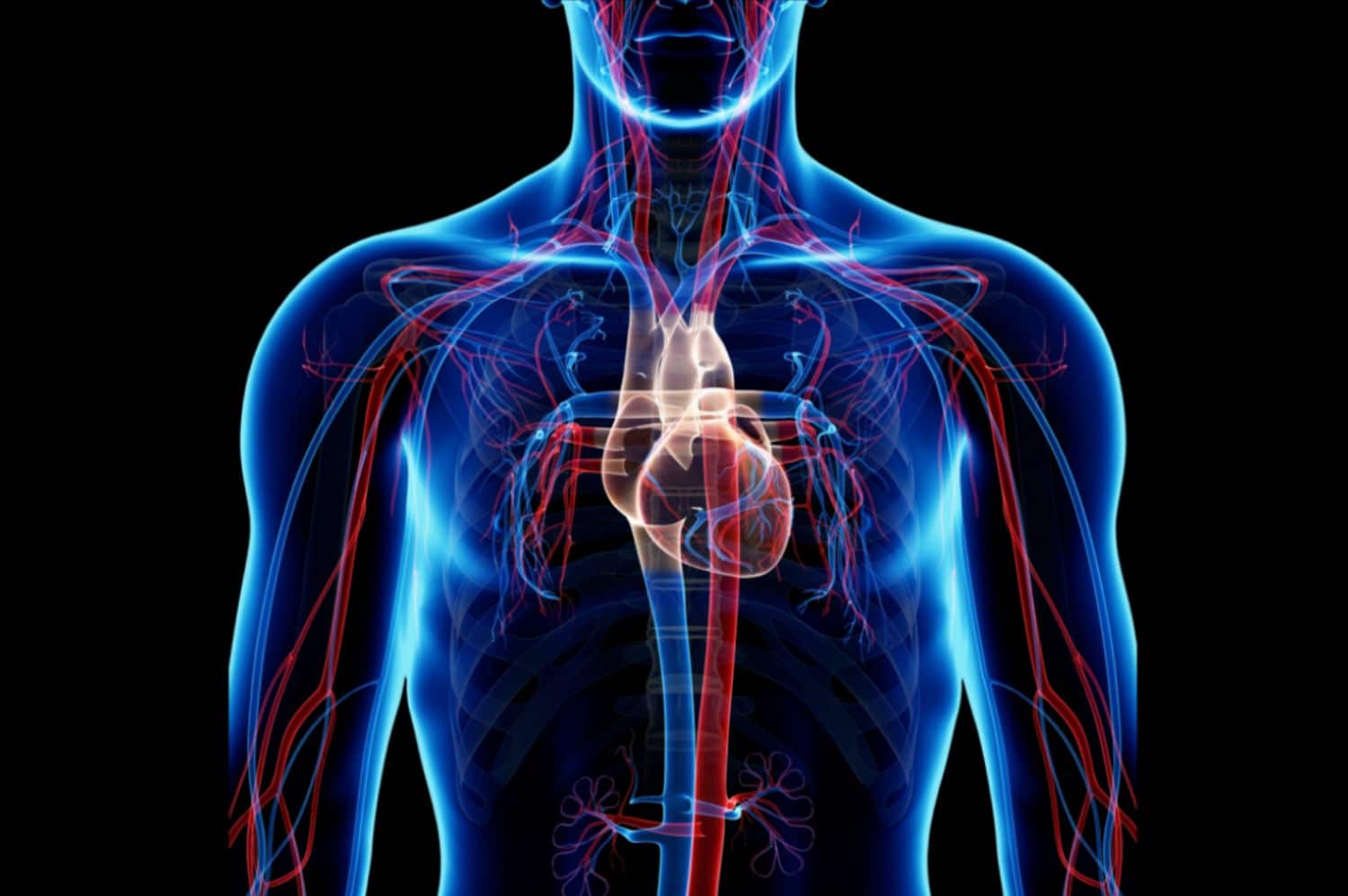How Neural Stem cell plays a role in developing nervous system
Studies on reactivating the Neural Stem cell from dormant to the active stage
Whenever the brain is affected by disease or an injury, several cells are damaged or lost. Our brain finds it difficult to regenerate such cells. Stem cell therapy offers hope to such lost and damaged brain cells.
Neural Stem Cells (NSCs) are the stem cells which gives rise to the nervous system during the developmental stage. These cells play an essential role in ageing, plasticity and most importantly, regeneration of the nervous system. It is regulated by a variety of intrinsic and extrinsic factors, including environmental impacts which can cause brain or nervous system-related diseases. Hence, NSCs play a crucial role in regulating the wellbeing of the nervous system. This also has become the primary reason for carrying out an extensive investigation in the past decade.
The entire world has its hopes pinned on stem cell research to find a cure for several chronic diseases. The University of Plymouth is researching to unravel some mysteries about how NSCs move to an active state from their dormant one. These cells are capable of manufacturing nerve cells or neurons, and also glial cells in the brain.
Scientists have been trying to understand the working of NSCs in the brain so that they can develop adequate treatments that will help in regenerating damaged cells. They are investigating how these cells can help in treating brain damage repair and prevent brain cancer that is usually caused by stem-like cells.
They found that components called STRIPAK (Striatin Interacting Phosphatase and Kinase) have a role in reactivating dormant NSCs in the brain. STRIPAK are highly conserved and are seen in organisms from fungi to humans. The research team stumbled upon it in live-fly brains, while making a comparison of genetic messages in dormant and reactivated NSCs in the brains of a living fly.
But these findings are only at an early stage presently. More research is needed to develop a treatment method that uses neural stem cells to repair the damage caused to the brain or even prevent brain cancer.
The study points out that the more the number of stem cells in circulation, the more they will be available to facilitate the repair of the body. People with degenerative diseases are found to have lesser stem cells available than healthy people. Researchers believe that excellent health can be maintained if the number of circulating stem cells is enhanced by releasing more of them from the bone marrow. With the help of everyday stem cell support, humans could significantly improve their wellbeing and increase their lifespan.


